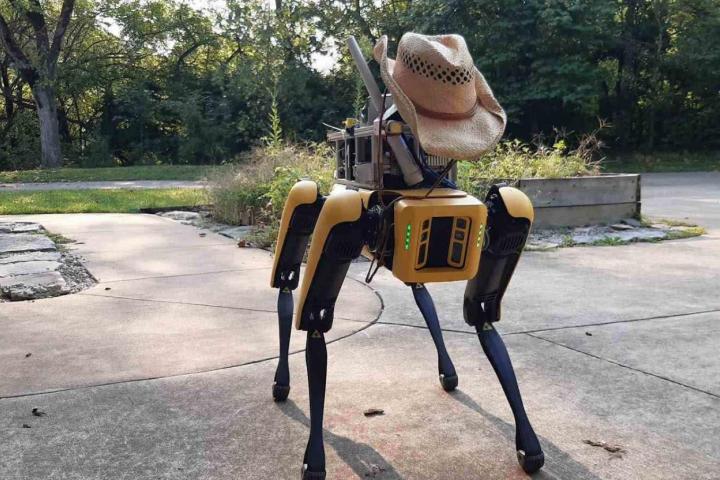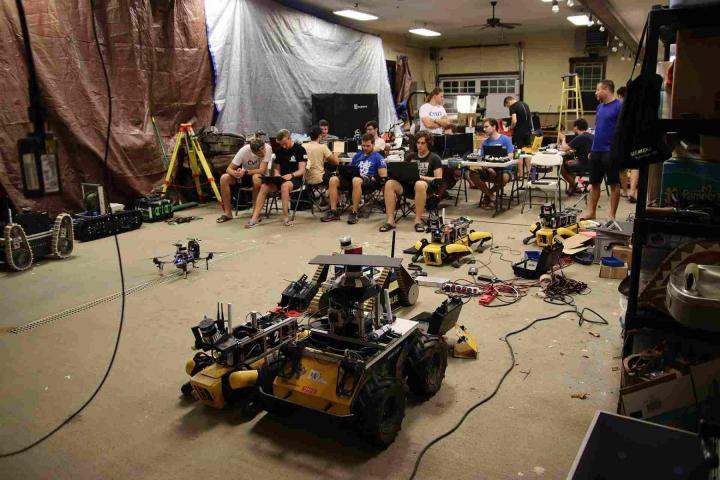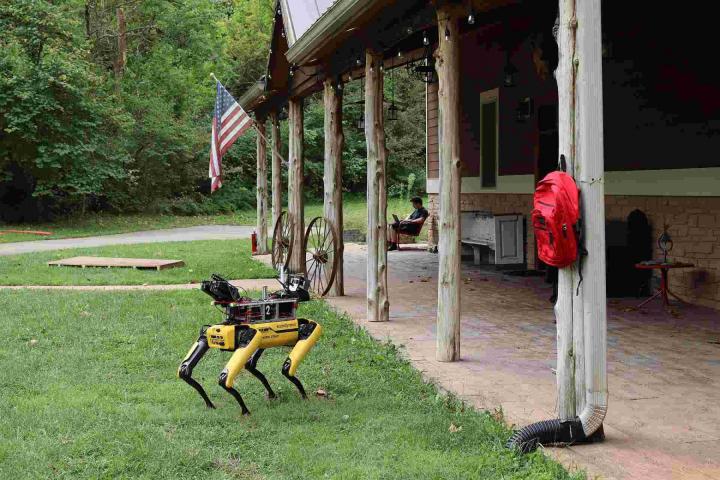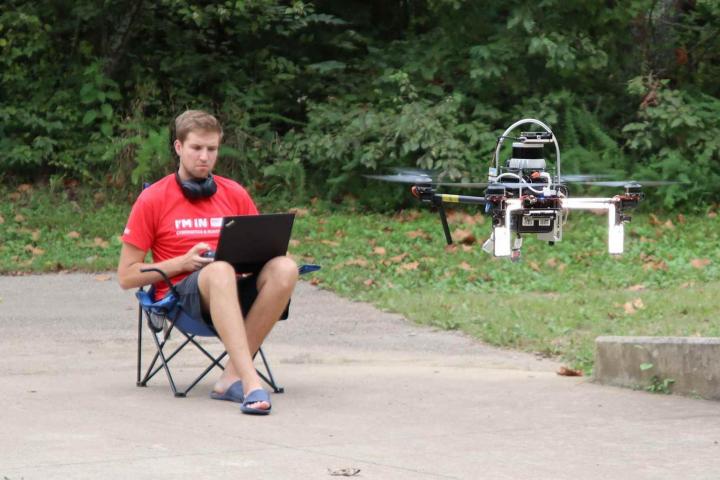
The finals of the triennial competition, for which the eight best robotics teams in the world have qualified, will be held with the participation of academics from the Department of Cybernetics and the Department of Computers of the Faculty of Electrical Engineering (FEL) of CTU in Prague, performing under the banner of CTU-CRAS-NORLAB (Czech Technical University - Center for Robotics and Autonomous Systems - Northern Robotics Laboratory). The final results will be announced on Friday 24 September - the top three teams will share a total prize of $3.5 million.
Roboticists from FEL CTU will defend their third place from the previous two rounds in the Mega Cavern. In these competitions they managed to assert themselves in the competition of world teams from prestigious research institutions (among others NASA, MIT, CMU, OSU, CalTech, Oxford or ETH Zurich) as the best unsponsored team. In December 2020, a $1.5 million (equivalent to 32.6 million crowns) grant from the US Department of Defense's host agency for advanced research projects, DARPA, placed CTU-CRAS-NORLAB in the category of sponsored teams.
Thanks to support from DARPA, the team from Charles Square was able to acquire two SPOT walking robots, which are accompanied by a third loaned specimen from General Laser in Kentucky, USA. The four-legged "robodogs" in the role of scouts will take a fleet of wheeled, tracked, flying and hexapod rescue robots to the underground complex, some of which CTU-CRAS-NORLAB has already completed previous rounds with. The extent to which the Prague team has managed to integrate the new robots and drones so that they can effectively exchange information in an environment where GPS signals are lacking and the range of wireless communication is very limited will be crucial to the outcome of the competition.
"The conditions of the cave do not allow the robots to be manually controlled by a human and therefore they will rely solely on their autonomous movement, decision-making and mutual coordination during the competition. We prepared our robotic systems for extreme conditions in the cave complex Býčí skála in the Moravian Karst and in the underground of the Dobrošov fortress this summer, where fog, mud or dust are present. You cannot create such conditions in university laboratories or workshops," says Prof. Tomáš Svoboda, head of the Department of Cybernetics at the Faculty of Electrical Engineering of CTU and head of the CTU-CRAS-NORLAB team.
The team left for the United States two weeks ago, and the move was unusually smooth thanks to little cross-ocean traffic. The 20 roboticists are staying less than an hour away from the Mega Cavern and are busily preparing for the final round. "We're still tweaking and fixing things. Even the warranty repair of one SPOT was handled quickly. It is closer to Boston from here than from Prague," says Tomáš Svoboda, adding that the robots are basically running day and night. "What can't be done during the day must be done at night. Moreover, at night we can better simulate difficult lighting conditions that make it hard to detect objects. Also, the sun does not shine underground,"he adds.
You can find a video about how SPOT No.1 got along with the academic environment at Charles Square here.
About the DARPA Subterranean Challenge
The DARPA Subterranean Challenge simulates a disaster recovery situation in a real-world environment. Teams of robots are tasked with identifying as many objects as possible in an unknown environment within one hour, such as people, phones, backpacks, as well as detecting a gas leak. The knowledge used in the competition will then find application in time-critical defence and civilian search-and-rescue operations.
Contact person: Radovan Suk





